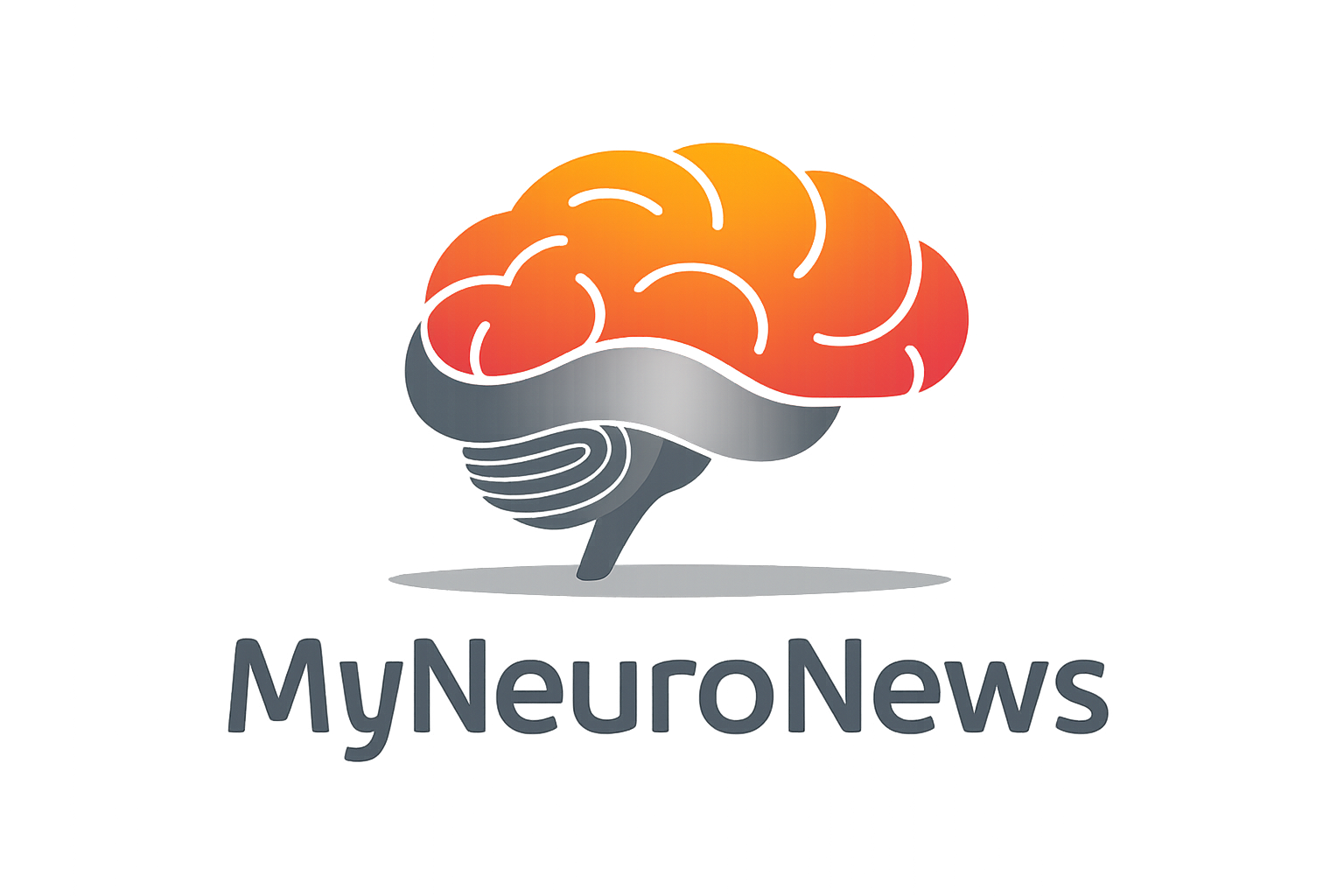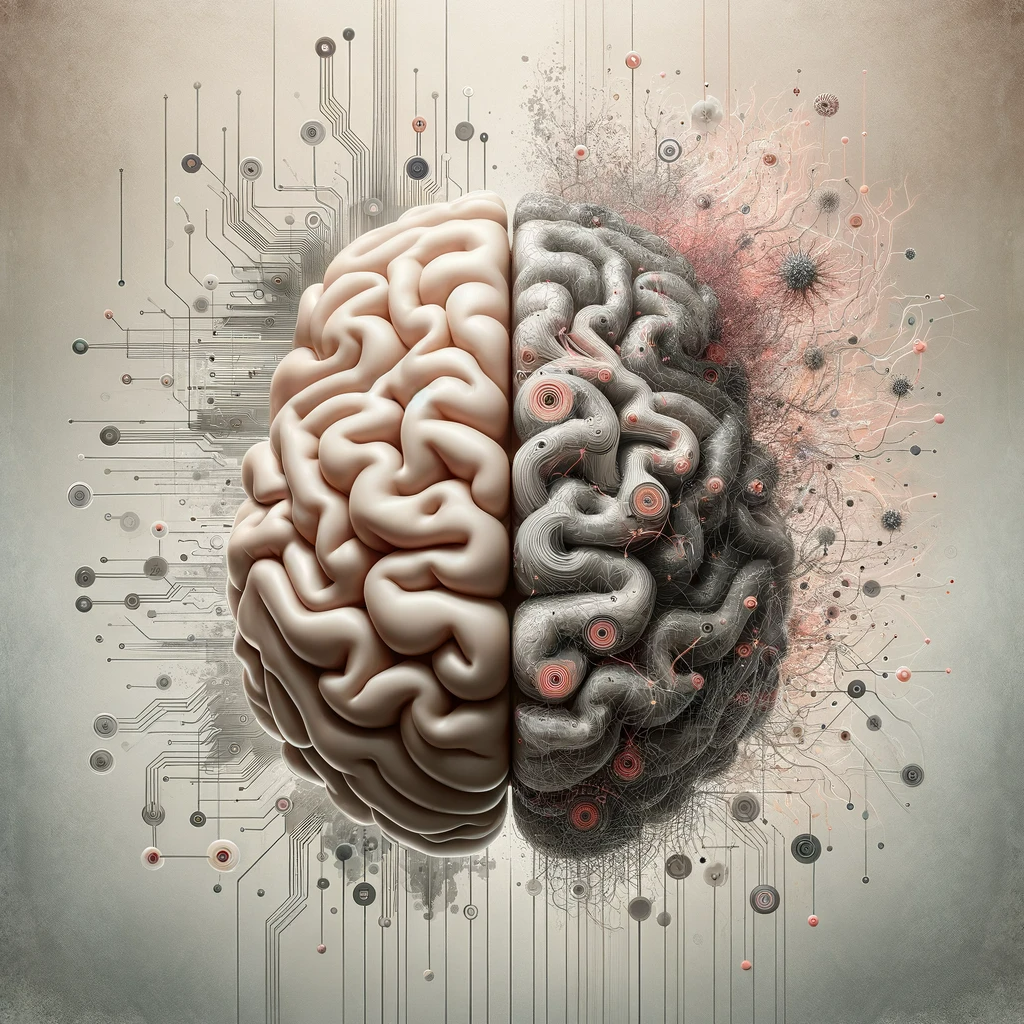Abstract
Concussions and post-concussion syndrome (PCS) present diagnostic challenges due to their often subtle and subjective symptoms. Magnetoencephalography (MEG), a non-invasive neuroimaging technique that measures the magnetic fields produced by neuronal activity, has emerged as a promising tool for detecting functional brain abnormalities associated with these conditions. This article reviews the current evidence supporting the use of MEG in the diagnosis of concussion and PCS, evaluates its readiness for clinical application, and discusses its potential admissibility in legal settings.
Introduction
Traumatic brain injuries (TBIs), particularly concussions, are prevalent in both athletic and general populations. Diagnosing concussions and PCS relies heavily on clinical assessments and self-reported symptoms, which can be subjective and variable. Advanced neuroimaging techniques, such as MEG, offer objective measures of brain function and hold potential for improving diagnostic accuracy.
MEG in Concussion Diagnosis
MEG detects the magnetic fields generated by neuronal electrical activity, providing high temporal and spatial resolution of brain function. Studies have demonstrated that MEG can identify abnormalities in brain activity following a concussion. For instance, research by Popescu et al. (2016) found reduced prefrontal alpha-band power in individuals with mild traumatic brain injury (mTBI) exhibiting post-traumatic stress disorder (PTSD) symptoms, suggesting disrupted cortical function in these patients.Â
Further, MEG-derived functional tractography has been utilized to assess white matter integrity in concussed individuals. Krieger et al. (2018) reported significantly reduced neuroelectric activity in multiple white matter tracts in individuals with chronic TBI compared to normative data, indicating potential biomarkers for concussion.Â
MEG in Post-Concussion Syndrome
PCS is characterized by persistent symptoms following a concussion, including cognitive deficits, headaches, and mood disturbances. MEG has been employed to investigate the neural correlates of these prolonged symptoms. Studies have shown that MEG can detect ongoing functional abnormalities in brain networks of individuals with PCS, providing insights into the underlying pathophysiology and aiding in the development of targeted interventions.
Clinical Application of MEG
The integration of MEG into clinical practice for concussion and PCS diagnosis offers several advantages:
1. Non-Invasiveness: MEG is a non-invasive procedure that does not require exposure to ionizing radiation, making it safe for repeated use.
2. Sensitivity to Functional Changes: MEG is sensitive to dynamic changes in neuronal activity, allowing for the detection of subtle functional impairments that may not be evident on structural imaging modalities like MRI or CT scans.
3. Localization of Brain Activity: MEG provides precise localization of brain activity, facilitating the identification of specific regions affected by concussion and guiding targeted therapeutic interventions.
However, challenges remain in the widespread clinical adoption of MEG:
• Limited Availability: MEG systems are not widely available, primarily due to their high cost and the need for specialized facilities.
• Technical Expertise: Interpreting MEG data requires specialized training and expertise, which may not be readily accessible in all clinical settings.
• Standardization: There is a need for standardized protocols and normative data to ensure consistent and accurate interpretation of MEG findings across different populations and settings.
MEG in the Courtroom: Admissibility and Challenges
The potential use of MEG as evidence in legal proceedings, particularly in cases involving TBIs, raises important considerations:
1. Scientific Validity: For MEG evidence to be admissible in court, it must be recognized as scientifically valid and reliable. This includes demonstrating that MEG can consistently and accurately detect brain abnormalities associated with concussion and PCS.
2. Expert Testimony: The interpretation of MEG results requires expert testimony from qualified professionals who can explain the methodology, findings, and their relevance to the case.
3. Legal Precedents: The admissibility of MEG evidence may depend on existing legal precedents and the acceptance of MEG within the scientific and medical communities.
4. Potential for Misinterpretation: There is a risk that MEG findings could be misinterpreted or overstated, particularly if presented without appropriate context or understanding of the limitations of the technology.
Currently, the use of MEG in legal settings is limited, and its acceptance as admissible evidence varies. Ongoing research and the development of standardized guidelines for MEG use and interpretation are essential steps toward its broader acceptance in both clinical and legal contexts.
Conclusion
MEG represents a promising tool for the diagnosis of concussion and PCS, offering objective measures of brain function that can complement traditional clinical assessments. While challenges related to accessibility, standardization, and expertise remain, ongoing research and technological advancements are likely to enhance the clinical utility of MEG. Regarding its readiness for courtroom application, further validation and consensus within the scientific and legal communities are necessary to establish MEG as a reliable form of evidence in legal proceedings.
References
• Popescu, M., Hughes, J. D., Popescu, E. A., Riedy, G., & DeGraba, T. J. (2016). Reduced prefrontal MEG alpha-band power in mild traumatic brain injury with associated posttraumatic stress disorder symptoms. Clinical Neurophysiology, 127(9), 3075-3085.
• Krieger, D., Shepard, P., Schneider, W., Beers, S., Kontos, A., Collins, M., & Okonkwo, D. O. (2018). MEG-Derived Functional Tractography, Results for Normal and Concussed Cohorts. arXiv preprint arXiv:1808.00762.

